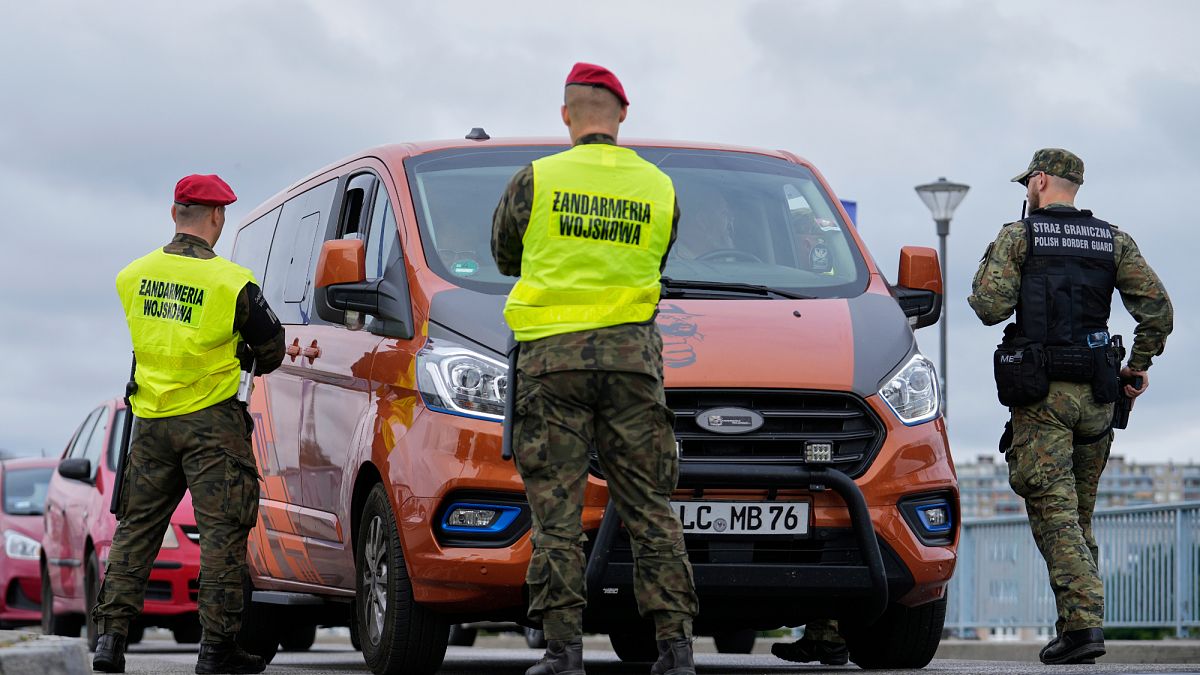Advertising
“On Friday, appropriate regulation was issued and notified by the European Commission,” said Minister of the Polish Internal Part of Markin Kiryuinski on Sunday.
The head of the Ministry of Internal Affairs referred to the current situation during information to service managers.
“The effectiveness of our fence reaches 98% and forces Belarusian services, Russian services and illegal immigrants to move to other areas,” he said.
“Today, a key question is not only for us, but also for our partners in the European Union, it is to close, if I can use such a word, the corridor who moved to Lithuania and Latvia,” he added.
On the border with Lithuania, checks are carried out by 13 points, including three border intersections. The remaining 10 points of crossing the boundaries will be “special checkpoints” to facilitate local communities.
On the border with Germany, border control is carried out by 52 points.
The decision to maintain control over the internal border of the Schengen zone continues to undermine the EU principle for free movement of persons.
Nevertheless, Schengen countries are allowed to introduce border control in “emergency” situations, as happened during the pandemia of the Covid-19, or as a “last remedy” for threats to security.
By 2023, Germany began to control its borders with Poland and the Czech Republic in response to illegal immigration. Last year, she expanded these controls throughout her border range.
